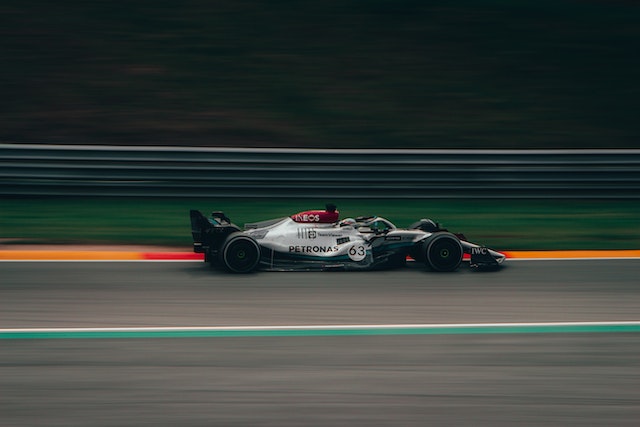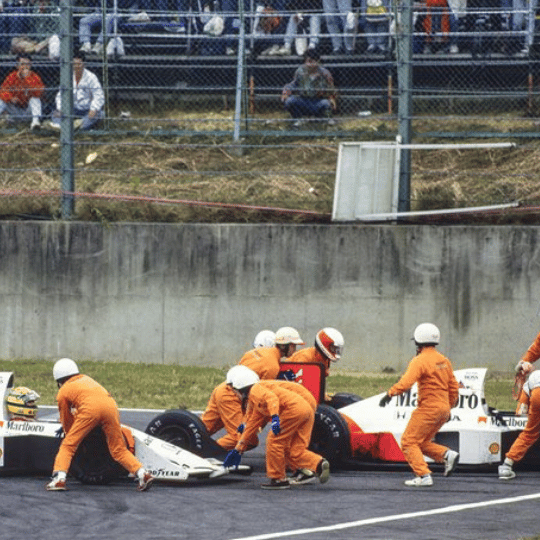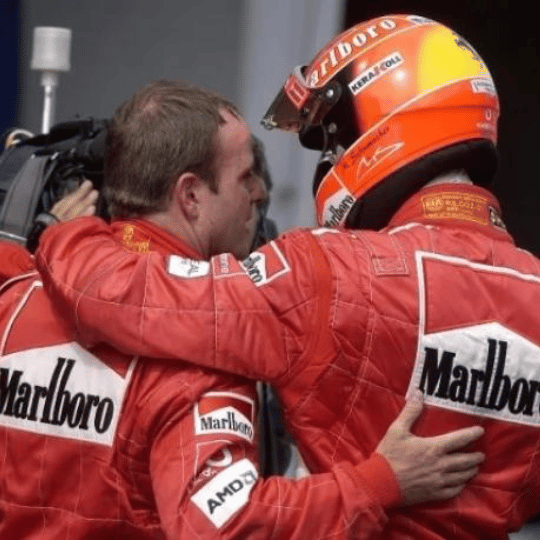The clash between Ayrton Senna and Alain Prost at the 1989 Japanese Grand Prix is one of the biggest controversies in Formula 1 history. The two drivers had had a tense rivalry throughout the season, which came to a head in the final race of the year.
At the first corner of the Suzuka circuit, Senna tried to overtake Prost on the inside of the corner, but the Frenchman closed and the two cars collided. The accident caused both drivers to retire from the race, but Senna managed to get back on track and continue racing.
After the crash, Prost was crowned world champion as he had the most wins in the season, but the controversy did not end there. Senna was disqualified for failing to return to the track safely after the accident and his team, McLaren, appealed the decision.
The appeal was rejected and the tension between the two drivers continued in the following years, reaching its peak at the 1990 Japanese Grand Prix, when Senna intentionally collided with Prost at the same corner as the previous year. This time, Senna went on to win the world championship, but the manoeuvre was widely criticised by the FIA and the public.
The 1989 crash between Senna and Prost is remembered as one of the most controversial and exciting moments in F1 history, and has been analysed and debated by pundits and fans alike for decades.



